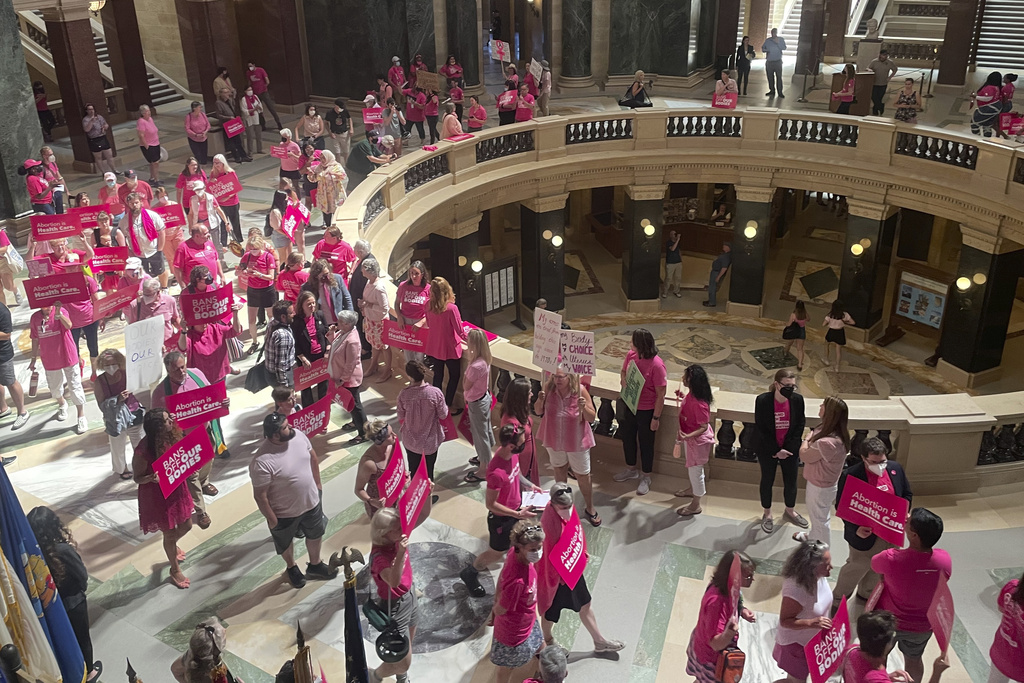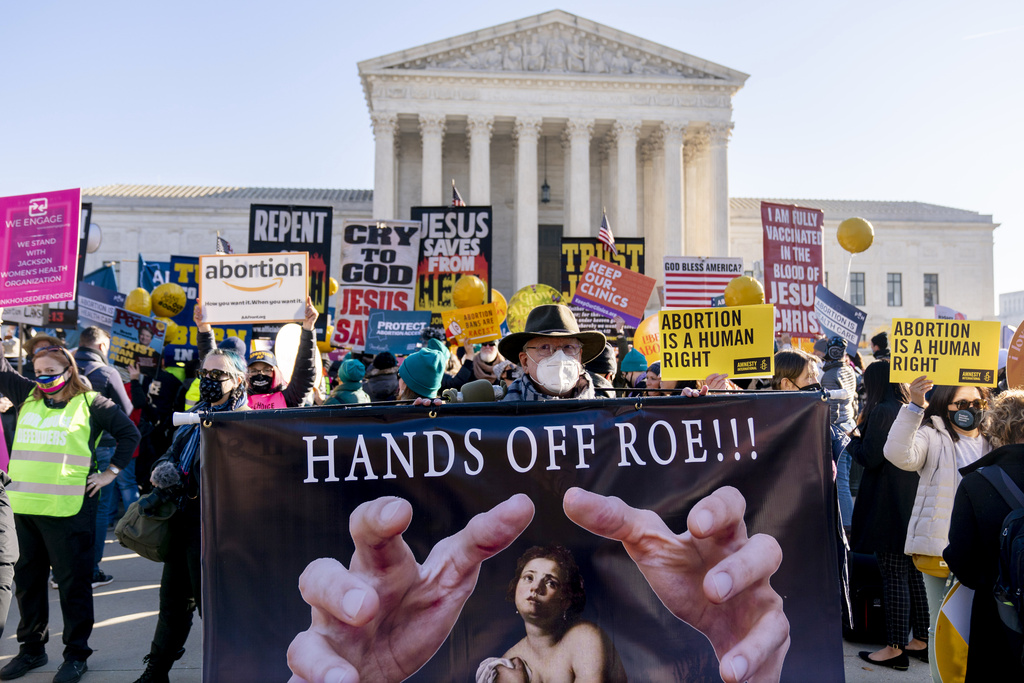Abortion Rights Influence State Supreme Court Elections \ Newslooks \ Washington DC \ Mary Sidiqi \ Evening Edition \ In a significant election cycle, abortion-rights advocates faced mixed outcomes in state supreme court races. Republicans strengthened their hold on Ohio’s Supreme Court, while progressive candidates secured wins in Michigan and Montana. The results underscore the growing importance of judicial elections as battlegrounds for issues like abortion rights, voting, and redistricting.

Abortion Rights and State Supreme Court Elections Overview:
- Ohio Results: Republicans expanded their majority to 6-1 on Ohio’s Supreme Court, with all three Democratic candidates losing. The court recently struck down a six-week abortion ban and may hear similar cases in the future.
- Michigan Victory: Democrats won two seats, expanding their Supreme Court majority to 5-2, preserving a liberal tilt.
- North Carolina Contest: Justice Allison Riggs, campaigning on abortion rights, trailed narrowly against Jefferson Griffin; the race remained too close to call.
- Montana Split: Cory Swanson, backed by Republicans, won chief justice, while progressive-supported Katherine Bidegaray secured another seat.
- Arizona Developments: Two justices won retention elections amid efforts to oust them over an abortion-related ruling.
- Texas Setback: A campaign to unseat three Republican justices failed, with incumbents winning re-election.
- Future Battleground: Wisconsin’s upcoming 2024 race will determine if liberals can retain their slim court majority.
Deep Look:
In Ohio, a state where abortion rights have become a contentious issue, Republicans secured a decisive victory by sweeping all three contested supreme court seats. This win expands their majority on the court to 6-1. The court previously struck down a six-week abortion ban in October and is expected to review upcoming cases concerning additional regulations, including 24-hour waiting periods and mandatory in-person consultations. Dee Duncan, president of the Republican State Leadership Committee’s Judicial Fairness Initiative, hailed the outcome as a strong statement that ensures Republican control for years.
One of the most closely followed and costly races took place in North Carolina, where Justice Allison Riggs, a Democrat, highlighted reproductive rights in her campaign. Her opponent, Court of Appeals Judge Jefferson Griffin, criticized Riggs for discussing an issue that could come before the court. By Thursday, with nearly 5.5 million ballots counted, the race was too close to call, and tens of thousands of absentee and provisional ballots awaited review. The Associated Press had not declared a winner, and the race could lead to a recount if the margin remains narrow.
In Texas, abortion-rights advocates faced a setback. A bid to unseat three Republican justices from the state’s all-Republican Supreme Court fell short, with incumbents Jimmy Blacklock, John Devine, and Jane Bland winning re-election. These justices were part of unanimous rulings upholding the state’s strict abortion ban.
Arizona’s supreme court justices retained their positions despite efforts to remove them following a ruling that revived an 1864 law banning nearly all abortions. The state legislature acted swiftly to repeal the law, and voters approved a constitutional amendment affirming abortion rights up to fetal viability, typically after 21 weeks.
In Arkansas, voters elected a new chief justice known for dissenting when the court’s Republican-aligned majority blocked an abortion-rights ballot measure. Despite this change, the overall balance of the court’s ideological makeup remained unaffected.
Looking ahead, Wisconsin will be the site of the next significant judicial showdown in 2024. The upcoming race for the seat of retiring Justice Ann Walsh Bradley will determine whether liberals maintain their narrow 4-3 majority on the state’s supreme court. The stakes are high, especially after the court flipped to a liberal majority in a 2023 election that saw record-breaking campaign spending.
Douglas Keith, senior counsel at the Brennan Center for Justice, which tracks state court race spending, remarked on the growing intensity of these elections. “It doesn’t seem like state supreme court elections are going to go back to the way they were 10 years ago anytime soon,” Keith said, signaling that high-stakes judicial contests are becoming the new norm as courts take center stage in key policy battles.
Abortion Rights Influence Abortion Rights Influence








You must Register or Login to post a comment.